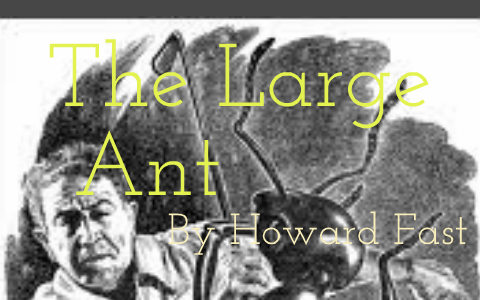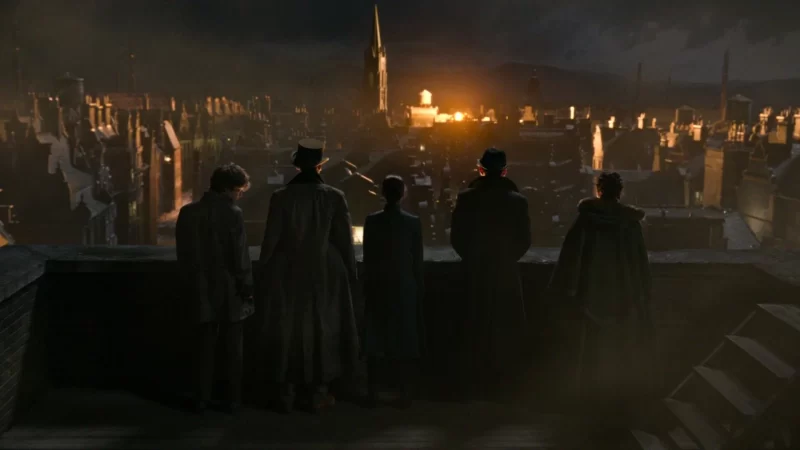Sources
Bo, Duan, et al. “The Influence of Negative Stereotypes in Science Fiction and Fantasy on Public Perceptions of Artificial Intelligence: A Systematic Review.” RedFame, 14 Dec. 2024, : doi.org/10.11114/smc.v13i1.7212.
Greer, Tonner. “City Journal .” Escaping Only So Far, 16 July 2021.
Hermann, I. Artificial intelligence in fiction: between narratives and metaphors. AI & Soc 38, 319–329 (2023). https://doi.org/10.1007/s00146-021-01299-6
Murphy, Paula. AI in the Movies. Edinburgh University Press, 2024. JSTOR, http://www.jstor.org/stable/10.3366/jj.9941190. Accessed 27 Mar. 2025.
Nader, K., Toprac, P., Scott, S. et al. Public understanding of artificial intelligence through entertainment media. AI & Soc 39, 713–726 (2024). https://doi.org/10.1007/s00146-022-01427-w
Kelley, Patrick Gage, et al. “Exciting, Useful, Worrying, Futuristic: Public Perception of Artificial Intelligence in 8 Countries: Proceedings of the 2021 AAAI/ACM Conference on AI, Ethics, and Society.” ACM Conferences, 30 July 2021, dl.acm.org/doi/abs/10.1145/3461702.3462605.
Rohden, S.F., Zeferino, D.G. Recommendation agents: an analysis of consumers’ risk perceptions toward artificial intelligence. Electron Commer Res 23, 2035–2050 (2023). https://doi.org/10.1007/s10660-022-09626-9
Oliveira, R., & Yadollahi, E. (2023). Robots in movies: a content analysis of the portrayal of fictional social robots. Behaviour & Information Technology, 43(5), 970–987. https://doi.org/10.1080/0144929X.2023.2196576
Annotations
Source One: The Influence of Negative Stereotypes in Science Fiction and Fantasy on Public Perceptions of Artificial Intelligence: A Systematic Review
This source has three well credited authors, the first being Duan Bo of the University of Putra Malaysia. The second author is Zeinab Zaremohzzabieh of the University of Religions and Denominations and is a part of the Women and Family Studies Research Center. She has a PhD in Youth Studies and a Master in Sociology. Lastly, Aini Azeqa Ma’rof of the University Putra Malaysia and is a part of the Laboratory of Community and Youth Well-being. She has a degree in social psychology and focuses her research there. Both Zaremohzzabieh and Ma’rof have an impressive amount of published works and credited citations for their research. In this article, they examine wide varieties of literature and studies surrounding this topic and review it to come to a general conclusion.
This article explores the the effect of negative stereotypes of AI depicted in science fiction and fantasy on public attitude towards it. The findings indicate that these genres increase fear and skepticism towards AI, and also hinders the acceptance of AI in fields such as education and the workplace. This source can be used in many ways for my paper, but it will mainly serve to share context and information as well as introduce theories and additional arguments towards my claim.
Source Two: Public understanding of artificial intelligence through entertainment media
The authors of this source are Karim Nader, Paul Toprac, Suzanne Scott, and Samual Baker; they conducted this research through the University of Texas at Austin. With the use of focus groups and online surveys, this study explores the knowledge of AI held by the American public to judge whether or not entertainment media is a big influence on public opinion. To summarize their findings, they conclude that the American’s public knowledge is very patchy in reference to AI, however they found a significant relationship between people’s beliefs about AI in entertainment and reality. This source will help heavily in the argument of my paper, aiding in building and supporting my claims with factual evidence and statistics.
Source Three: Escaping Only So Far
The author of this article is Tonner Greer, an American writer. This source was among the recommended to analyze and use, and it will play an important role in this research paper. It will aid in supporting the idea of entertainment media, specifically film in this essay, being a reflection of real world issues and having a heavy influence on people and their opinions to these real world issues. The overall idea of Greer’s work revolves around the Young Adult genre and how they are used as an escape, and not only for young adults like it is geared for. He argues that people’s desire for change and reform is channeled into works like YA novels and films for people to take influence from.
Source Four: Artificial intelligence in fiction: between narratives and metaphors.
The author of this source is Isabella Herman, who has numerous other works and peer reviews involving AI and ethics. She is employed both as a program director at the Technical University of Berlin and as a research coordinator at the Berlin-Brandenburg Academy of Sciences and Humanities. This work talks about how science-fiction often portrays AI as human-like to create dramatic narratives, which can distort public understanding of real risks involving AI. It talks about the different ways that AI is represented throughout media, including different tropes and archetypes. This will be especially useful in supporting the idea that these representations, which have changed over time, have a real effect on people and their opinions.



